Before Instagram travel influencers and bucket lists, ancient civilizations built incredible structures that would stand the test of time. These forgotten societies didn’t just build homes and temples – they created masterpieces that baffle experts today with their advanced engineering, perfect astronomical alignments, and massive scale.
Let’s step back through history’s hidden doorways and explore these remarkable lost worlds. Each site offers a glimpse into societies that thrived, created, and eventually faded away, leaving behind only stone whispers of their former glory.
Göbekli Tepe (Turkey)
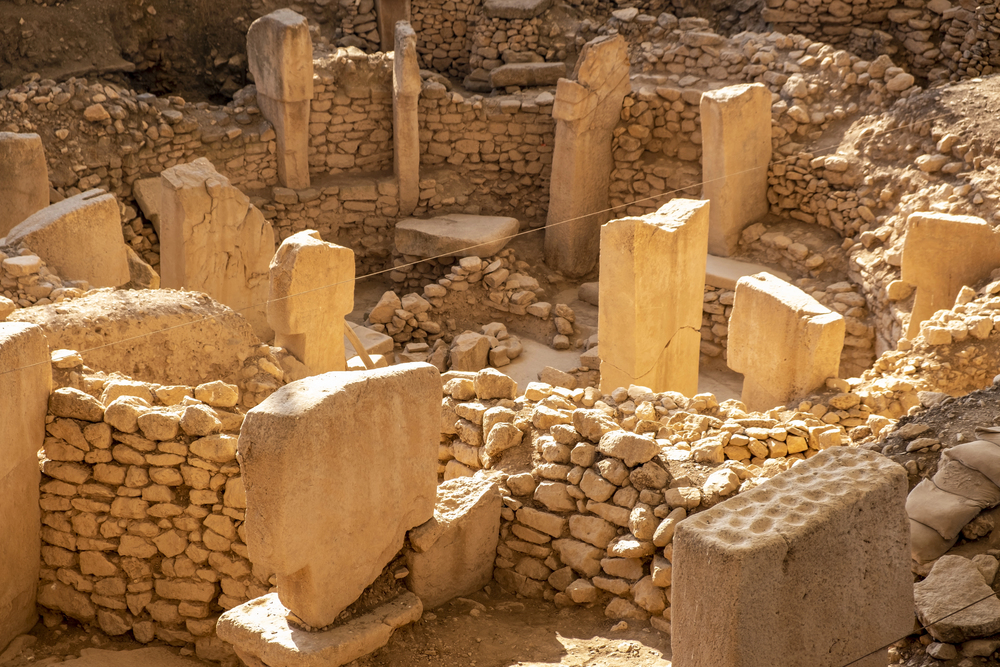
Predating Stonehenge by a whopping 6,000 years, Göbekli Tepe turns our understanding of early human civilization upside down. The massive stone pillars, some standing 16 feet tall and weighing up to 10 tons, were somehow crafted and arranged by people who hadn’t even invented pottery or discovered farming.
Experts scratch their heads even harder because these hunter-gatherers somehow organized themselves to create what might be the world’s first temple complex.
Nabta Playa (Egypt)
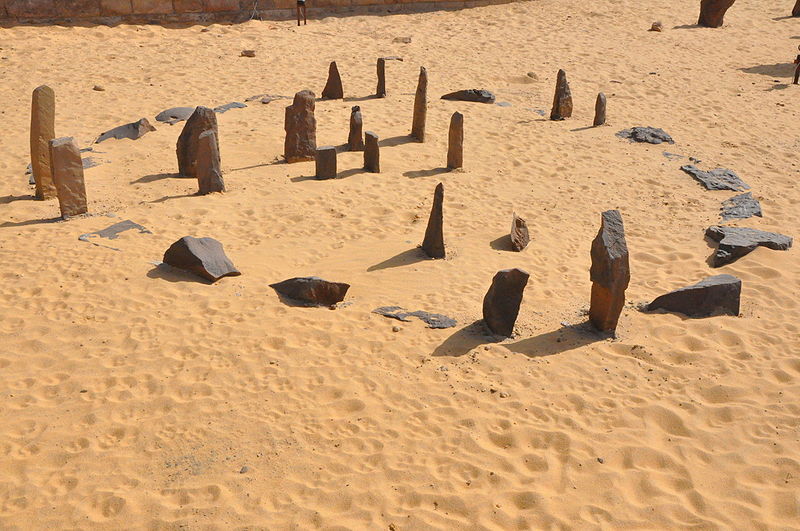
Hidden in the Sahara Desert, Nabta Playa contains one of the world’s oldest known astronomical sites, created roughly 7,000 years ago. The stone circle and calendar system here were built by nomadic people who somehow managed to track star movements with shocking precision during a time when most humans were just figuring out basic agriculture.
These stones align perfectly with the summer solstice and various star positions, showing these early people had a surprisingly deep understanding of the night sky.
Like Travel Pug’s content? Follow us on MSN.
Caral-Supe (Peru)

Tucked in Peru’s Supe Valley sits Caral, the oldest known city in the Americas and civilization-building complex pyramids when the Egyptians were just starting. The city thrived for nearly 600 years with impressive earthwork mounds, sunken circular plazas, and residential buildings that housed thousands without evidence of warfare or defensive structures.
Perhaps most fascinating is their advanced understanding of earthquakes, as builders filled mesh bags with stones and placed them in walls as foundations.
Çatalhöyük (Turkey)

This 9,000-year-old city turns upside down everything we thought we knew about urban development. Instead of streets, residents moved around on rooftops and entered their homes through holes in the ceiling, creating a honeycomb-like living arrangement that housed up to 10,000 people.
Wall paintings and sculptures inside homes reveal a rich symbolic life, including the earliest known landscape painting and numerous female figurines that might represent an early form of goddess worship.
Cahokia (United States)

Just across the Mississippi River from modern-day St. Louis stood America’s first true city, home to 20,000 people – a population size European cities wouldn’t match until centuries later. The society built over 120 earthen mounds, including the Monk Mound, which contains more earth than the Great Pyramid of Giza and covers 14 acres at its base.
Their knowledge of astronomy was so precise that they created a ‘Woodhenge’ – circles of massive wooden posts that aligned perfectly with solstices and equinoxes, serving as a calendar to organize their planting and ceremonies.
Like Travel Pug’s content? Follow us on MSN.
Indus Valley (Pakistan/India)
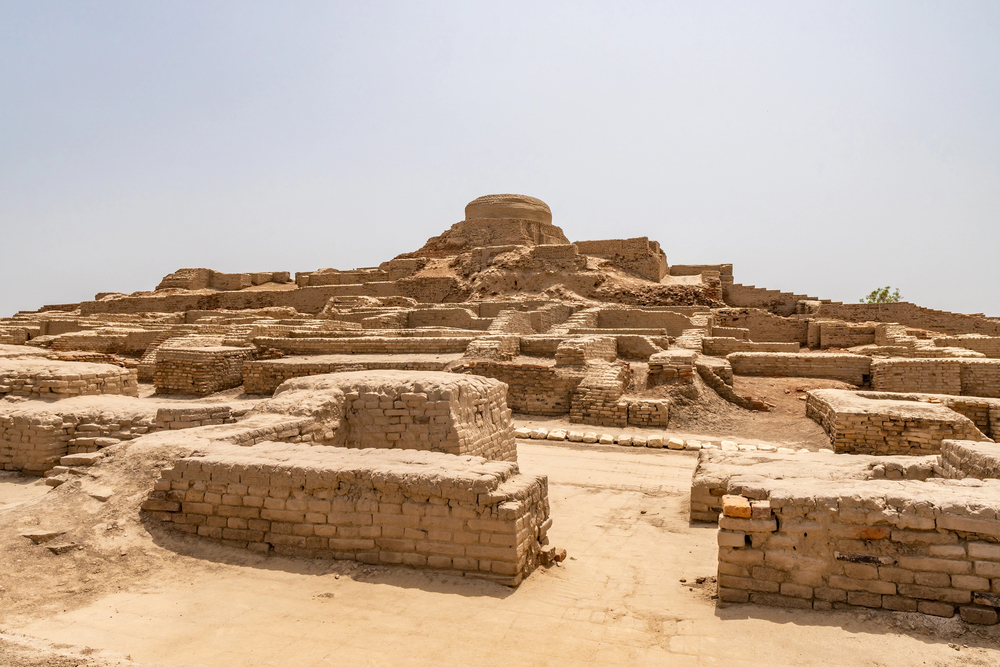
This bronze age civilization built the world’s first planned cities with sophisticated sewage systems and bathrooms that many parts wouldn’t match until the 20th century. Their precisely standardized weights, measures, and even brick sizes show a society obsessed with precision and organization that operated across an area twice the size of ancient Egypt or Mesopotamia.
Despite developing their writing system with over 400 distinct symbols, nobody has been able to decipher them, leaving their stories and knowledge beyond our reach.
Sanxingdui (China)

Hidden for centuries in China’s Sichuan province, this civilization produced bronze masks with bizarre protruding eyes and gold scepters that look almost alien compared to other Chinese artifacts from the same period. Archaeological finds include a remarkable 13-foot bronze tree decorated with birds, flowers, and ornaments that shows metallurgical skills far beyond what experts thought possible 3,000 years ago.
The complete absence of written records or human remains at the site adds to the mystery, leaving experts to piece together their stories solely through buried treasures.
Great Zimbabwe (Zimbabwe)
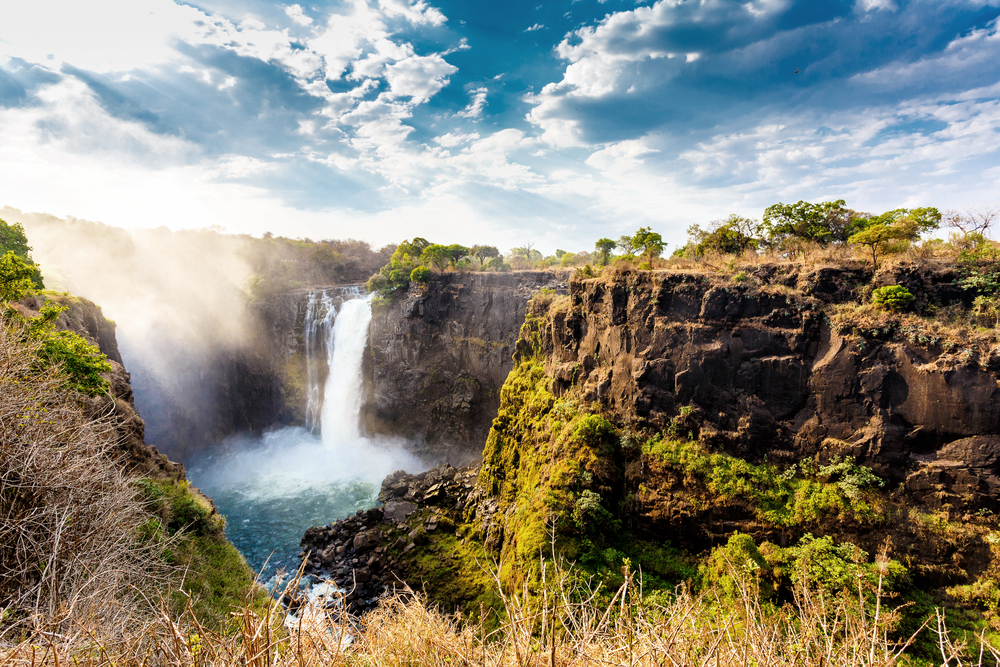
Rising from the southern African plateau stands Great Zimbabwe, a stone city built without mortar that shattered colonial myths about African civilizations. The massive outer wall stands 36 feet tall and 20 feet thick, constructed with millions of precisely cut granite blocks fitted so perfectly that you can’t slide a piece of paper between them.
Between the 11th and 15th centuries, this city controlled gold trade routes to the Indian Ocean, accumulating enormous wealth evident in imported Chinese porcelain, Persian glass, and other luxury goods found at the site.
Like Travel Pug’s content? Follow us on MSN.
Dilmun (Bahrain)
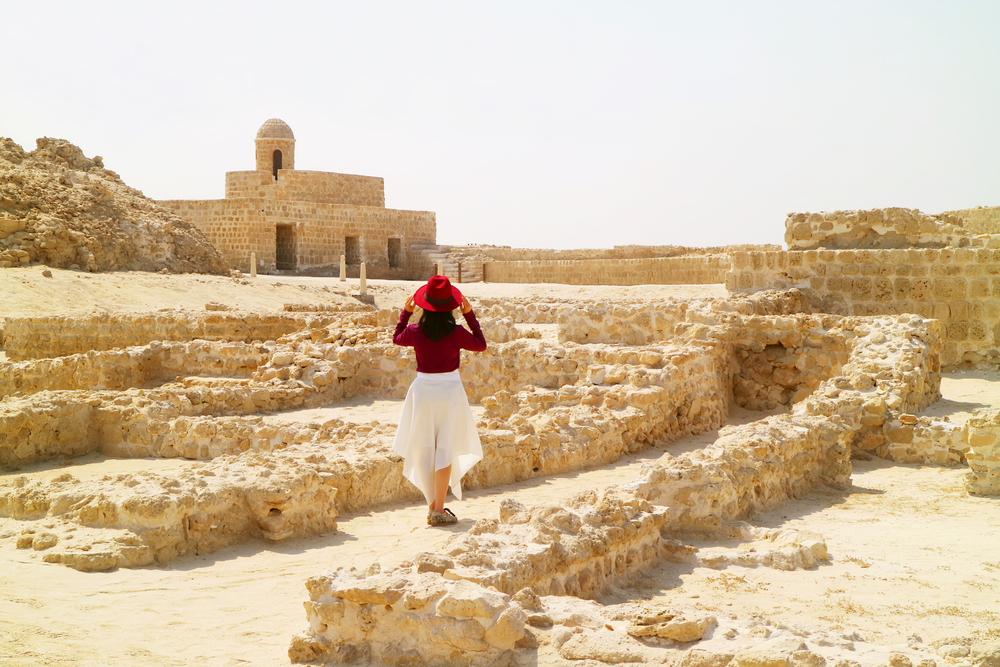
This ancient trading empire once controlled the Persian Gulf and was mentioned in Mesopotamian texts as a ‘paradise land where the sun rises.’ Their burial mounds – over 85,000 – cover much of Bahrain like giant stone bubbles rising from the desert, making it one of the largest prehistoric cemeteries on Earth.
The society had indoor plumbing, advanced sewage systems, and freshwater management technologies, allowing them to create a thriving civilization on a desert island.
Nabataeans (Jordan)

Carved directly into vibrant red, white, and pink sandstone cliffs, the Nabataean capital of Petra showcases engineering skills that seemed impossible for people living 2,300 years ago. These desert masters created a virtual oasis by building an artificial water system of dams, cisterns, and channels that could collect every drop of rain and prevent flash floods – technology so effective that it supported a population of 30,000 in the middle of a bone-dry region.
Khmer Empire (Cambodia)
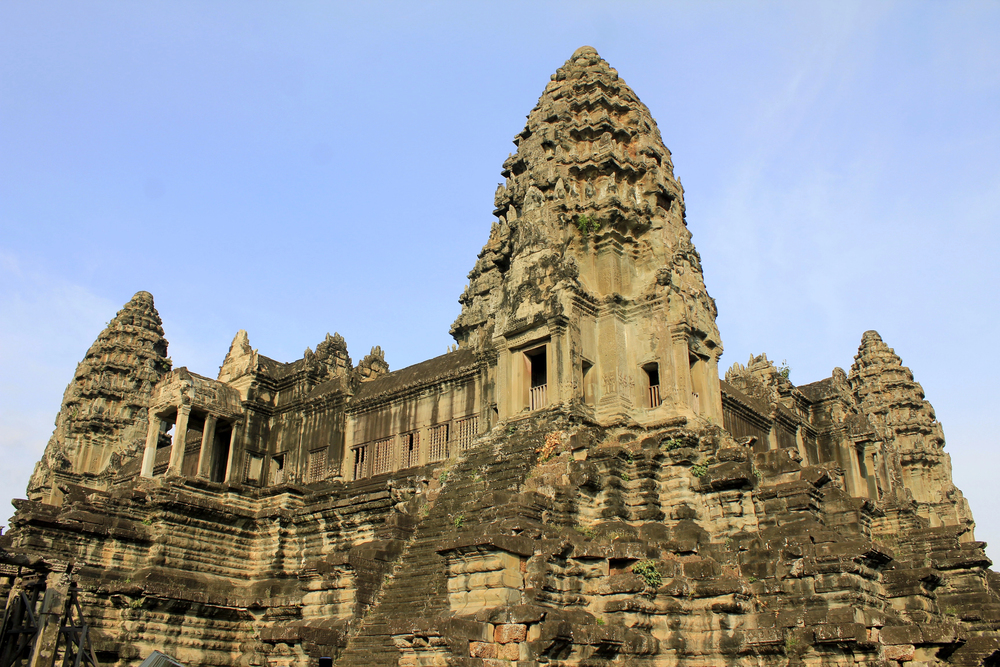
Beyond the famous Angkor Wat lies a vast hydraulic city, the world’s largest pre-industrial urban center, spanning an area similar to modern Los Angeles. The Khmer built the most extensive water management system of the ancient world, with large reservoirs visible from space, controlling flooding during the monsoon season and storing water for year-round farming.
Recent laser scanning technology revealed that virtually every inch of ground between temple complexes was modified for water control, agriculture, or habitation – essentially functioning as a massive machine powered by seasonal rain.
Like Travel Pug’s content? Follow us on MSN.
Tiwanaku (Bolivia)
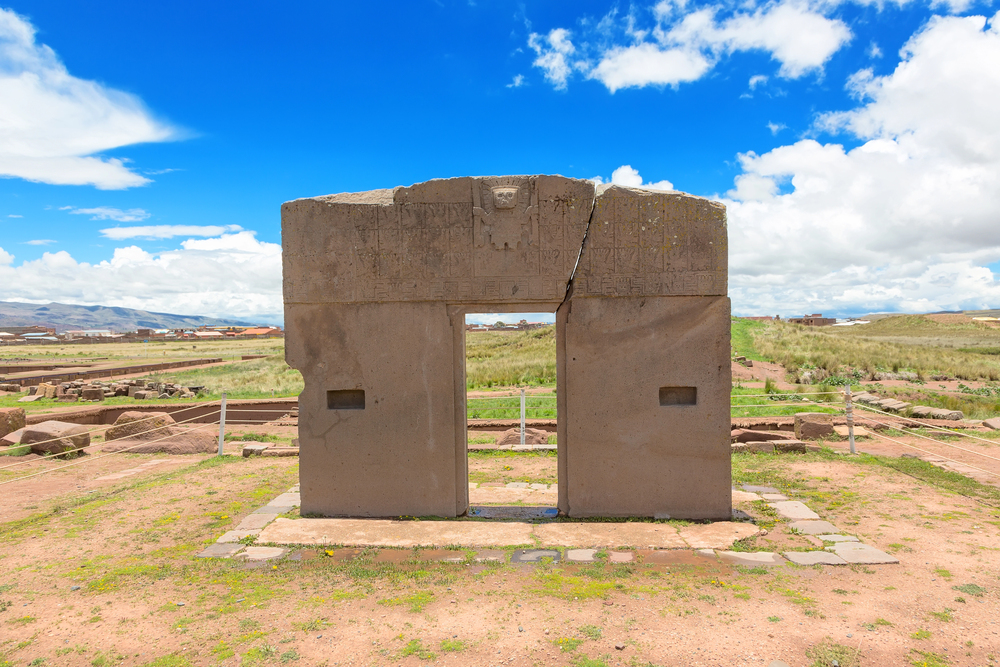
Perched 12,500 feet above sea level, Tiwanaku thrived in a setting where modern visitors get winded just walking around. The Gateway of the Sun, carved from a single 10-ton block of stone, features mysterious astronomical alignments and a central deity figure surrounded by 48 winged attendants whose meaning remains debated.
Their engineers developed raised-field farming techniques that created their microclimate, allowing them to grow crops in the freezing Andean highlands where conventional farming would be impossible.
Aksumite Empire (Ethiopia)
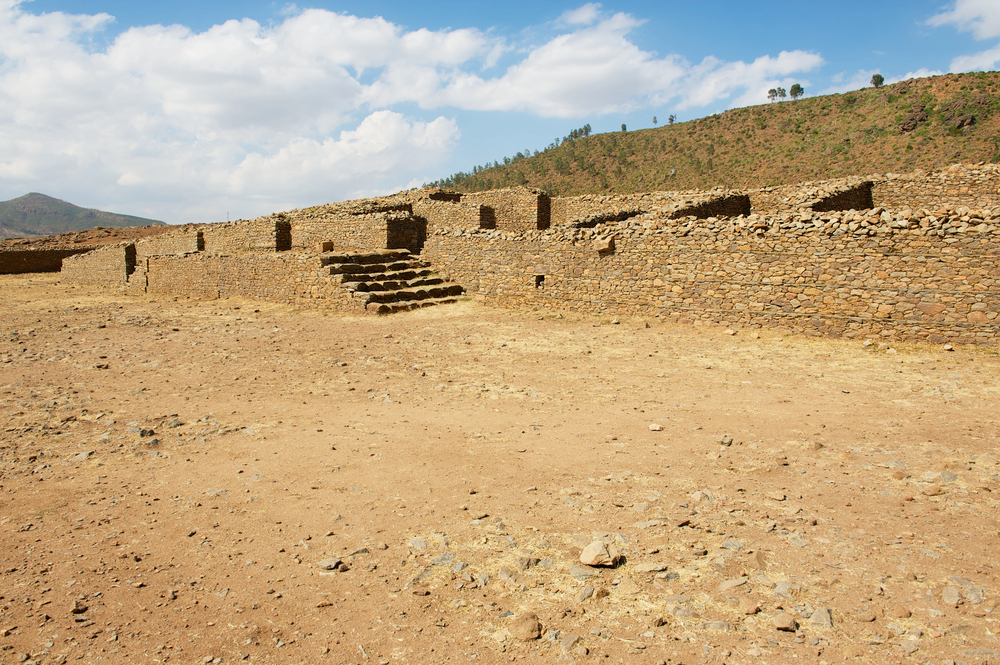
This African powerhouse created enormous stone stelae that still stand today, including the Great Stela, which weighs 520 tons and once stood 108 feet tall – making it the largest single stone humans ever attempted to erect. Their engineers somehow transported these massive monuments from quarries miles away, carved them with multiple stories of false doors and windows, and raised them without wheels, pulleys, or metal tools.
The empire was so powerful and sophisticated that they created their written language, minted their coins, and were described by Persian writers as one of the four greatest kingdoms in the world, alongside Persia, Rome, and China.
Etruscans (Italy)
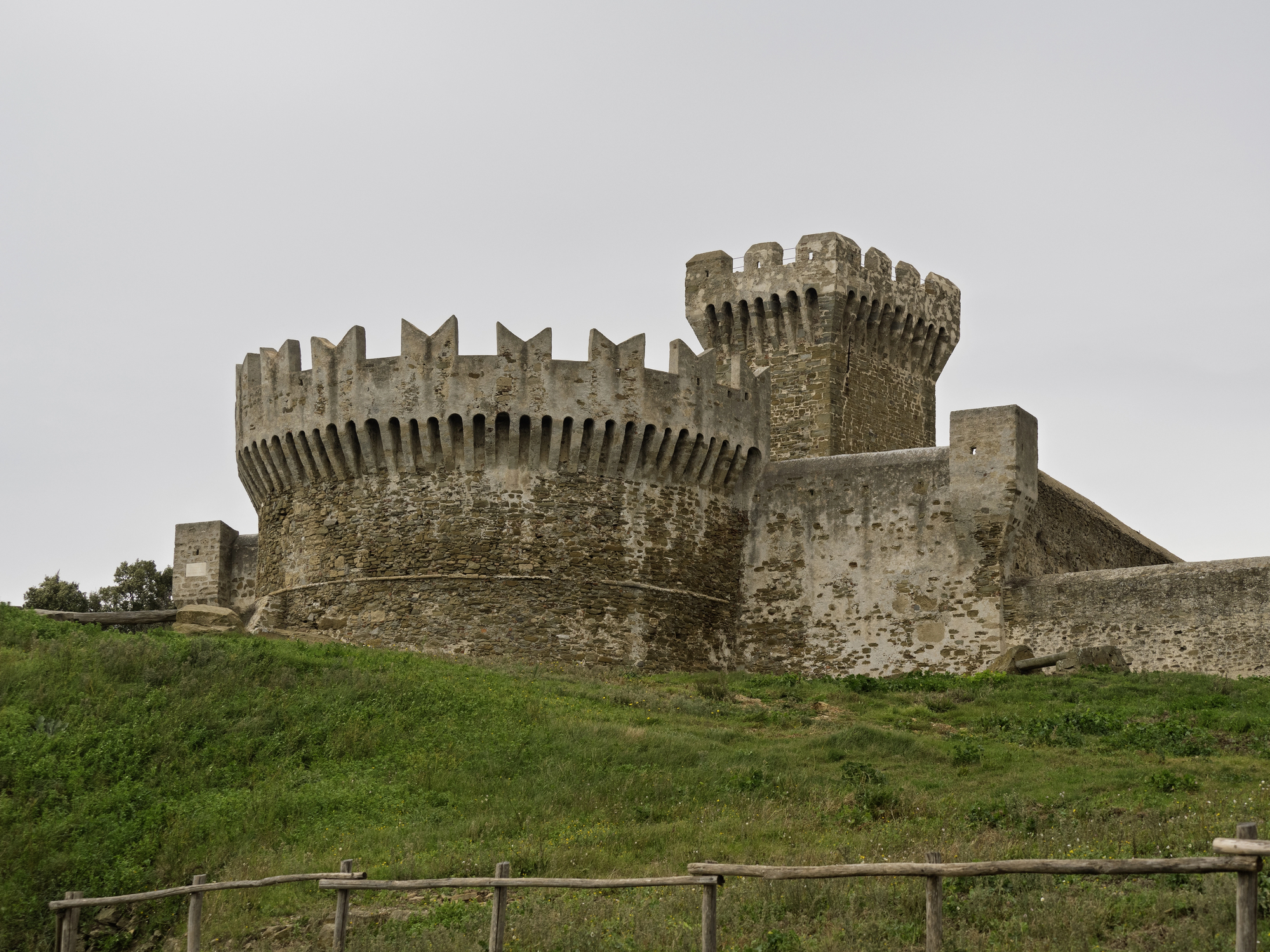
Before Rome was a village, the Etruscans built sophisticated cities across central Italy with advanced sewage systems, elaborate tomb paintings, and distinctive curved temple roofs that would later influence Roman architecture. Their society gave women remarkably high status for the ancient world, allowing them to participate in public life, own property, and even recline alongside men at banquets – behaviors that shocked and scandalized the Romans and Greeks.
While much of their writing has been lost, we know they were skilled metallurgists who created stunning gold jewelry using granulation techniques so fine that modern jewelers struggle to replicate them.
Like Travel Pug’s content? Follow us on MSN.
Mali Empire (Mali)

The University of Sankoré in Timbuktu is evidence of an African civilization that valued scholarship so highly that it created one of the world’s first universities. Its libraries held hundreds of thousands of manuscripts covering medicine, astronomy, mathematics, and law.
Many of these manuscripts were hidden away when European colonizers arrived and are now being rediscovered and studied. At its peak in the 15th century, Timbuktu had three times as many libraries as there were bookshops in London, making it one of the world’s greatest learning centers.
Chavin (Peru)
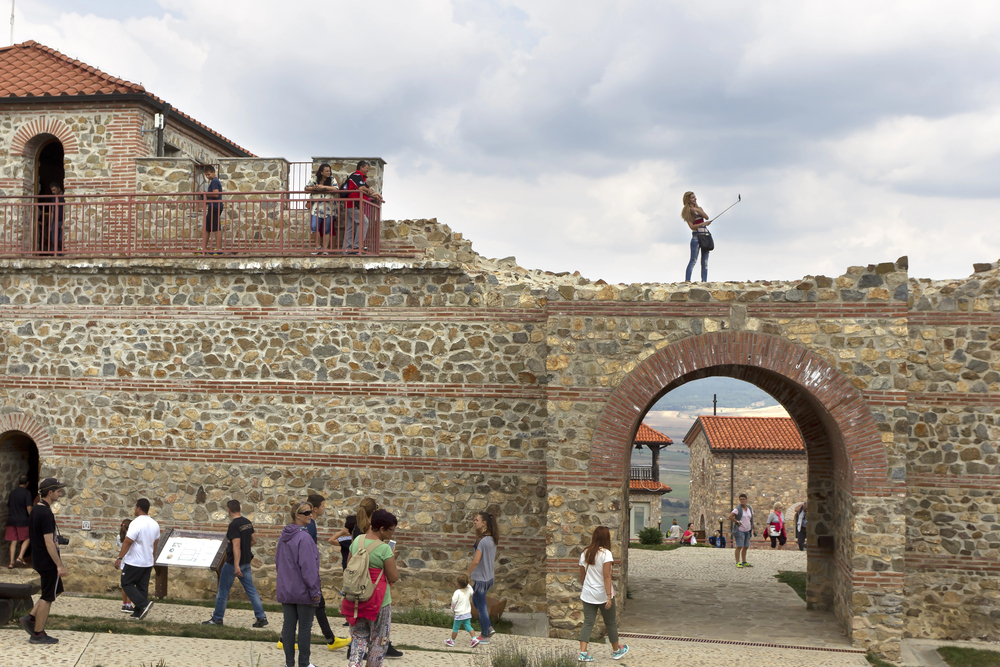
Long before the Inca, the Chavin created a religious center high in the Andes Mountains that features underground galleries, acoustic chambers, and air shafts designed to produce eerie sounds and sensory effects during ceremonies. Their main temple complex was deliberately built to channel water through stone-lined canals beneath the floors, creating rumbling sounds that would have seemed supernatural to visitors.
The priests controlled an extensive network of hidden passageways that allowed them to appear and disappear suddenly during rituals, enhancing their apparent supernatural powers.
Zapotec Civilization (Mexico)
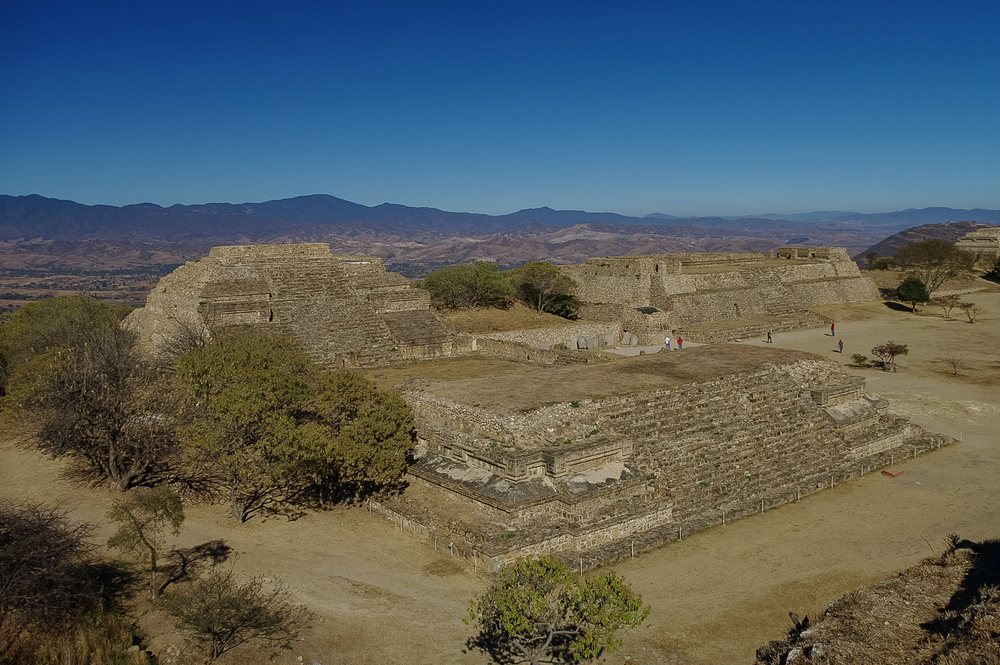
The builders of Monte Albán created an entire city by flattening a mountaintop and constructing plazas, temples, and ball courts 1,300 feet above the valley floor. Their writing system is one of the earliest in the Americas, with inscriptions dating back over 2,500 years that experts are still working to understand fully.
While most ancient societies placed women in subordinate positions, carved monuments here show women in positions of political power, suggesting a more egalitarian society than many of their contemporaries.
Like Travel Pug’s content? Follow us on MSN.
Garamantes (Libya)
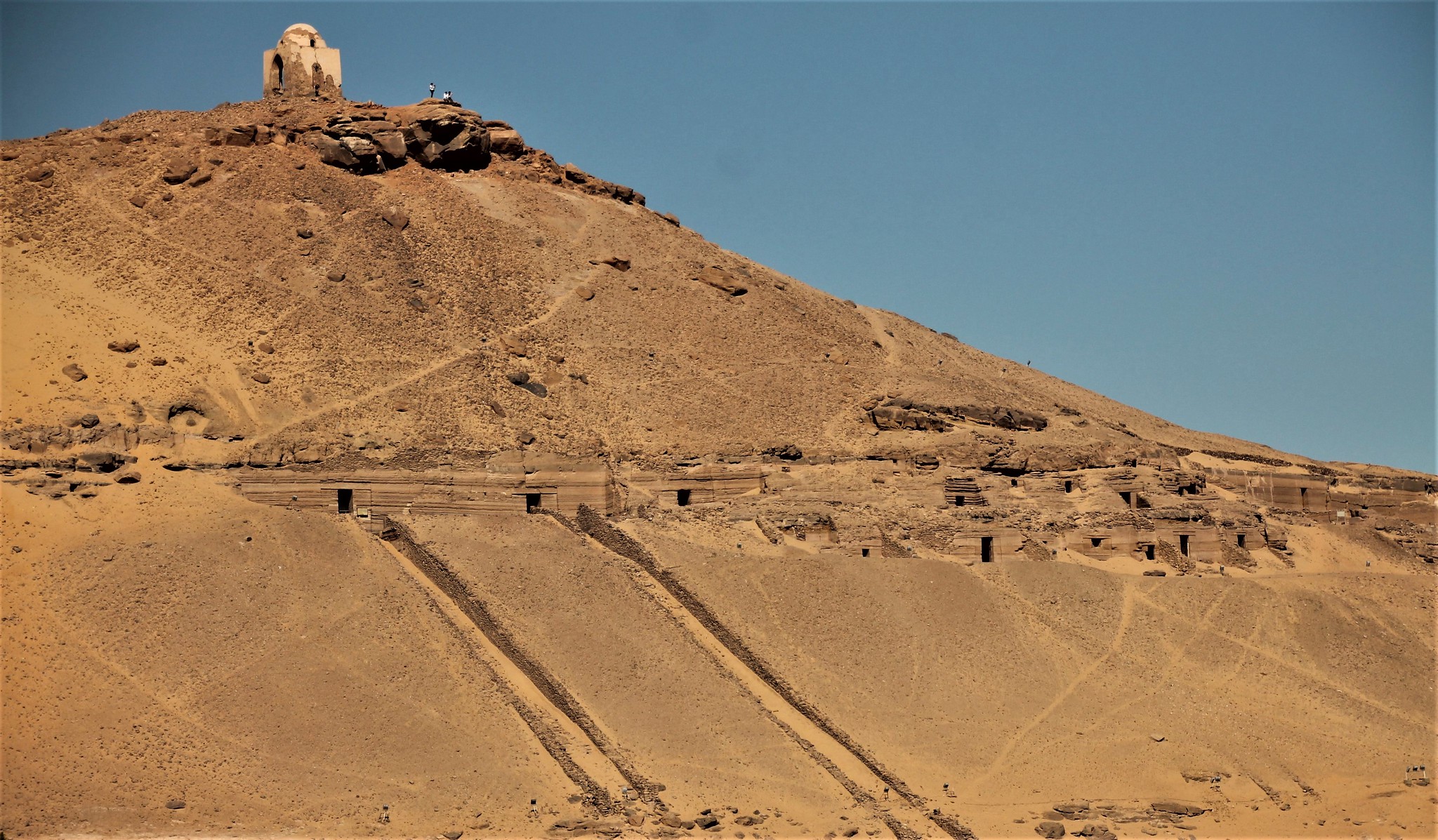
Hidden beneath the Sahara Desert, this civilization created a network of underground tunnels called foggara that tapped into ancient water sources, allowing them to grow crops in one of Earth’s most hostile environments. They built mud-brick castles and developed an undeciphered writing system while living hundreds of miles from the nearest major civilization.
Using horse-drawn chariots, they controlled trade routes across the desert, connecting sub-Saharan Africa with Mediterranean societies centuries before camels were introduced.
Hittite Empire (Turkey)
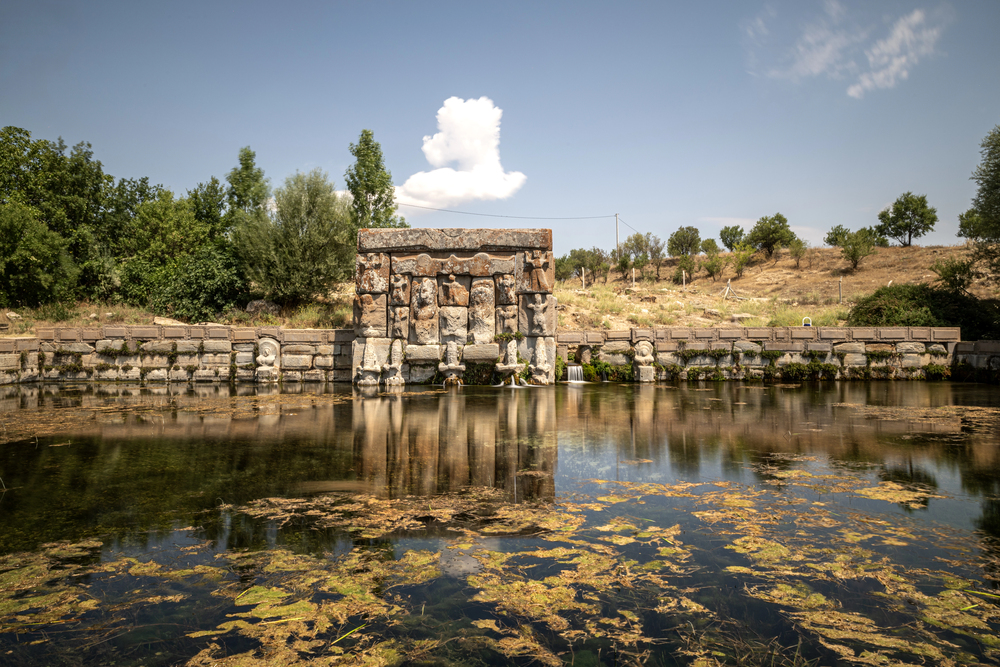
These forgotten rivals of ancient Egypt created the first known peace treaty, the Egyptian version of which is displayed in the United Nations as a symbol of diplomatic resolution. Their capital city, Hattusha, featured massive stone gates topped with imposing sphinxes and lions and an elaborate tunnel system that allowed defenders to launch surprise attacks on invading armies.
Despite being one of the most powerful Bronze Age civilizations, Hattusha vanished completely around 1180 BCE and was virtually forgotten until archaeologists rediscovered their cities and archives in the early 20th century.
Kingdom of Punt (East Africa)

This legendary trading partner of ancient Egypt was so shrouded in mystery that scholars debated whether it existed for centuries. Egyptian temples show Punt as a land of stilt houses built over water, with exotic goods, including gold, ebony, aromatic resins, wild animals, and trees loaded onto ships. Recent archaeological discoveries suggest Punt was likely located in modern-day Somalia or Eritrea.
Egyptians considered it so important that they mounted massive naval expeditions to maintain trade relations for over 1,000 years.
Like Travel Pug’s content? Follow us on MSN.
Written in Stone

These forgotten societies remind us how easily human achievement can slip through history’s fingers, leaving only puzzling ruins behind. What seems permanent – stone cities, mighty temples, trading empires – can fade from memory, leaving future generations to piece together stories from what remains. Their engineering feats, artistic achievements, and cultural innovations represent human creativity transcending time and place.
Looking at these lost worlds makes our own seem more fragile and more connected to the past than we might think. The ruins they left behind don’t just tell stories about who they were – they raise questions about what other chapters of human history might still lie buried, waiting to be rediscovered.
More from Travel Pug

- 20 Towns Built for One Purpose That Were Later Abandoned
- 15 Hidden Spots in Disney World’s Magic Kingdom Most Visitors Miss
- 20 Photos of the World’s Most Beautiful Glacial Lakes
- 15 Canyons in the U.S. That Are Just as Stunning as the Grand Canyon
- 10 Under-the-Radar Mountain Towns That Are Both Affordable and Beautiful
Like Travel Pug’s content? Follow us on MSN.
